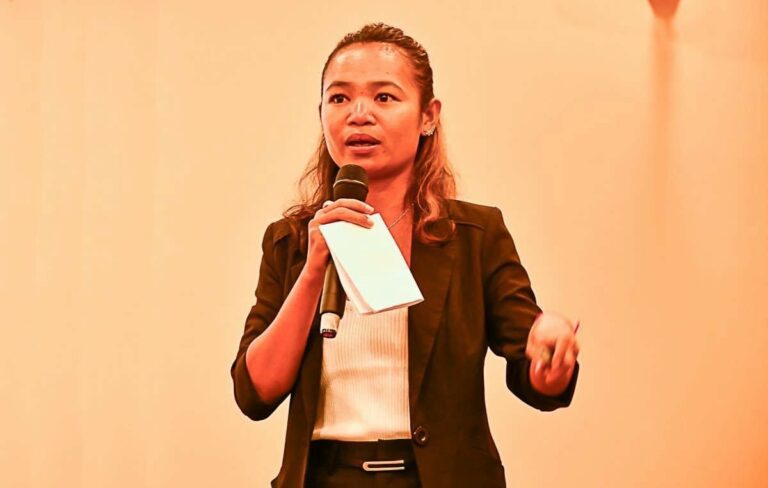Thailand wants to introduce new areas and provinces to the world, and keep the country a preferred destination for new and repeat visitors alike.
Thailand wants to introduce its second-tier provinces to the world so international visitors can have access to a wider and richer range of experiences in the country.
Tourism authorities and operators in Thailand have pledged to form a joint commitment to wooing foreigners and locals to 55 provinces that receive less than four million tourists each year.
New tourism and sports minister Pipat Ratchakitprakan said tourism stakeholders have already begun implementing a series of action plans to strengthen tourism in those provinces.
“The plan is to keep Thailand as a preferred destination for international tourists, and to promote more second-tier provinces to foreigners and locals,” said Pipat.
The Tourism Authority of Thailand (TAT) will kick off the first phase of promotions and activities for 33 potential provinces. Another 22 provinces will follow in 2020.
Based on marketing action plans drafted by TAT, some of the destinations will be able to promote themselves with their unique attractions, while others may need help to reposition themselves.
In addition, the committee will work towards improving safety and security standards in the provinces. The ministry will work closer with industry players to increase safety standards so tourists will be more comfortable visiting outer areas.
Yuthasak Supasorn, governor of TAT, said the Thai tourism sector has already been contributing nearly 20 per cent towards Thailand’s economy, but it is expected to grow even more this year and beyond.
In 2018, 38 million tourists visited the country. Out of those, only 2.7 million travelled to second-tier provinces. In the first six months of this year, 19.6 million foreigners visited the country; during the same period, both locals and foreign tourists made 35 million trips to second-tier provinces.
The top three most visited provinces were Nakhon Si Thammarat, Pitsanulok and Chiang Rai respectively. Chiang Rai earned the highest tourism revenues, followed by Nakhon Si Thammarat and Satun.
“Thailand has so much to offer but sometimes you need to go beyond the obvious. Clients are taking advantage of the increased airlift into places like Phuket and Samui, but then move to resort areas where they can experience the Thailand of yesteryear,” said David Kevan of Chic Locations, a UK tour operator.
“On my last travels around southern Thailand, I fell in love with the country all over again. It has its pockets of overdevelopment, but there are so many other areas where you can live your dream and in supreme comfort,” he added.
Travel to secondary cities is expected to increase from 30 per cent this year to 35 per cent in 2020, and part of that growth will be driven by foreigners. The data from the ministry shows that 70 per cent of total tourists visited the top 22 major provinces.
Chiang Rai is likely to benefit from the massive international media coverage during the cave rescue operation of the young football team. Satun in the south, meanwhile, was named by UNESCO as a new geopark, and Leoi in the north-east was one of the top ranked in terms of visitor growth.
TAT also wants to elevate some events to international status. These include a car racing event in Buriram, a beach run in Pattaya and in Khon Kaen. These will target at least three groups – senior citizens, females and the millennials.
Wichit Prakobkosol, chairman of CCT Group, one of the largest inbound tour operators in Thailand, urges public and private sectors to collaborate in marketing and product development so less popular destinations will receive a boost in interest from travellers.
“Of the visitors that came to Thailand last year, not many went to secondary provinces as they should have done. Spreading them out to new destinations will be good,” he said.
Phuriwat Limthavornrat, managing director of P Incentive Tour Event, called for officials to put more marketing efforts to boost tourism business in provinces. He said tourists, entrepreneurs and local businesses should share in the benefits of tourism. – additional reporting by Xinyi Liang-Pholsena
Read the full article at TTG Asia: https://www.ttgasia.com/2019/10/01/a-different-look-at-thailand/





